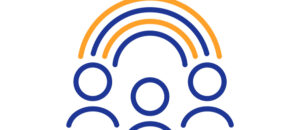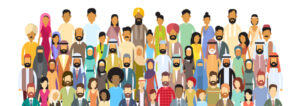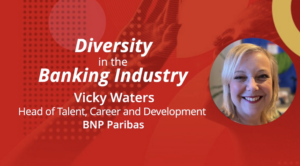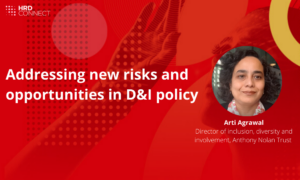Virtual Summit roundup: BAE Systems on diversity and inclusion practices
- 5 Min Read
Ruchi Jalla of BAE Systems outlines diversity and inclusion practices in the workplace, how to engage all employees in this initiative, and why it matters in the world today.
- Author: HRD Connect
- Date published: Dec 2, 2020
- Categories
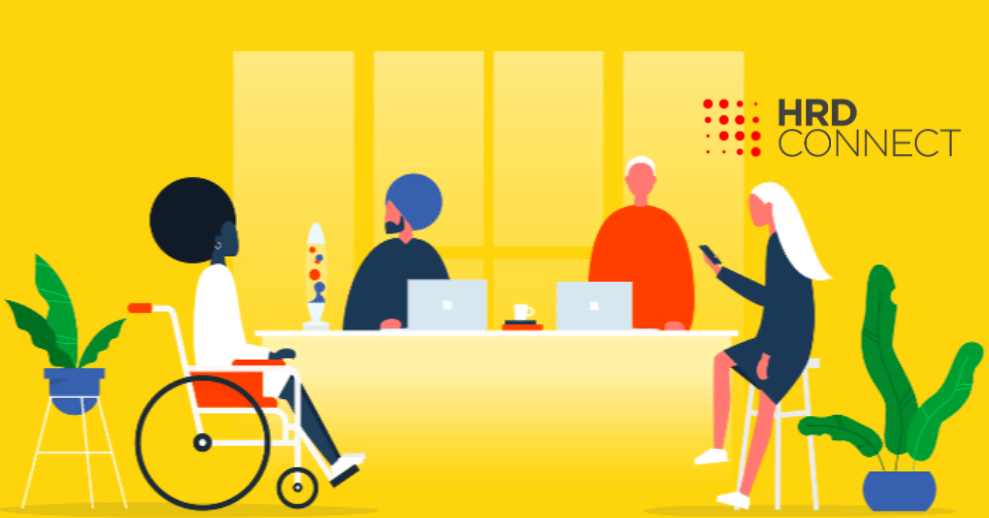
HR leaders across industries will agree that the last year has been marked by upheaval. However, questions arise over whether the changes we’ve witnessed at the societal level are happening fast enough at a corporate level. Many organizations are coming forward with statements about diversity and inclusion practices, but are they truly reflective of their strategy?
From our recent Virtual Summit, Ruchi Jalla of BAE Systems outlined themes such as board-level representation, the importance of L&D programs, and why D&I cannot be a passing trend. In this interview, she adds extra insight into some of the most pressing issues and why they matter.
What would you regard as the key components of your diversity and inclusion practices?
Firstly, engaging employees early and understanding where their needs are, and how they can be met, especially within a time like this where people are really affected.
The second is to not rush into action, but to ensure that there’s enough reflection on the right thing to do, and not just choose the quick thing to do, so you’re taking your time in a thoughtful and strategic manner.
The third thing I would say is to be open to changing course. We’ve already adjusted based on employee feedback, on leadership feedback, and so we’ve got an overall vision, but we’re open to evolving as needed, because we want to bring everyone on board this journey.
How do you think diversity and inclusion practices relate to the wider conditions your company is in?
As we go through the process of how we normally run our business, with objectives and metrics and putting them into the right framework so that they’re measured on a regular basis, we also have to add why we are we doing this in the first place, not forgetting that there’s a real employee impact, and therefore a social impact.
When we go out and educate our employees, and our managers, they take that stuff home. I believe that corporations can make a big difference in societal change, so that’s the responsibility that we need to bear. As we are working through the process, we’re going to be looking at how the company succeeds. We can’t forget our place in society.
In what ways can you incorporate all levels of the workforce into diversity and inclusion practices successfully?
It takes all of us. We need to be engaging all levels of the organization in this change. As I mentioned, the employee voice is really important, as they’re the ones that are being impacted on.
At the same time, we also have to remember that managers are busy, they have a lot of things that they are asked to do, including meeting performance objectives, developing their own teams, and now we’re asking them, in the development of their own teams and managing employee engagement, to go a little bit further and talking about things that they maybe traditionally haven’t been comfortable talking about.
From a company and leadership standpoint, we’re taking responsibility in driving up the actions, but it’s with the informed opinion of all of the stakeholders that we can do that. We want long-term gains, not necessarily just short term wins.
How vital is the theme of agility in your company’s diversity and inclusion practices?
It has to be. You always start out with a plan, and we had a pretty good one at the beginning of this year, but around three months in we had to adjust courses. The mantra of the team has been ‘progress, not perfection.’
So, you know, as we are trying to see all the pieces and build a comprehensive framework which can leave room for priorities changing, and that can be relevant to a range of pressing topics, health-wise, what we’ve experienced with the pandemic, with social justice wise, and in other circumstances from an industry or business standpoint, because economic conditions will play into that as well. So as much as we can, we try and stick to the vision.
We make adjustments, because otherwise if it’s not relevant to how the business is running, then you haven’t really baked that into the strategy. If you’re not agile with where the business is going from a technology standpoint, from an overall strategic standpoint, then they become these separate things. For us to be successful, we can’t have things apart.
What will be your main considerations for the time ahead?
I think it’s going to be a couple of things; for instance, ensuring that we keep a pulse on how our employees are doing, how our managers and leaders are responding.
From an HR standpoint, that means examining all of our processes, even the things that we think are working now, and ensuring that we are pushing for equitable outcomes. If they’re not, then let’s be willing to look at them further and see if there’s a different way of doing things.
As much as we’re focused on the specific programs, we need to be willing to look at the entire picture from an HR standpoint as well.



